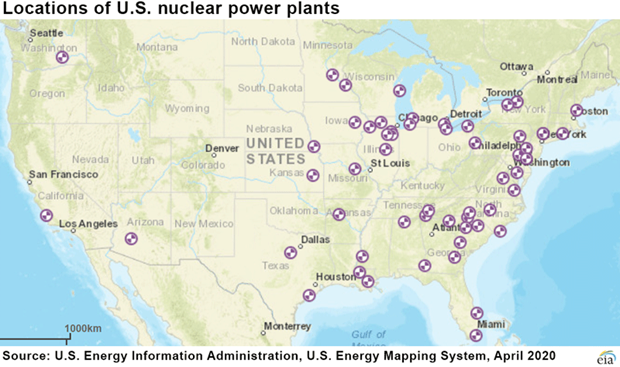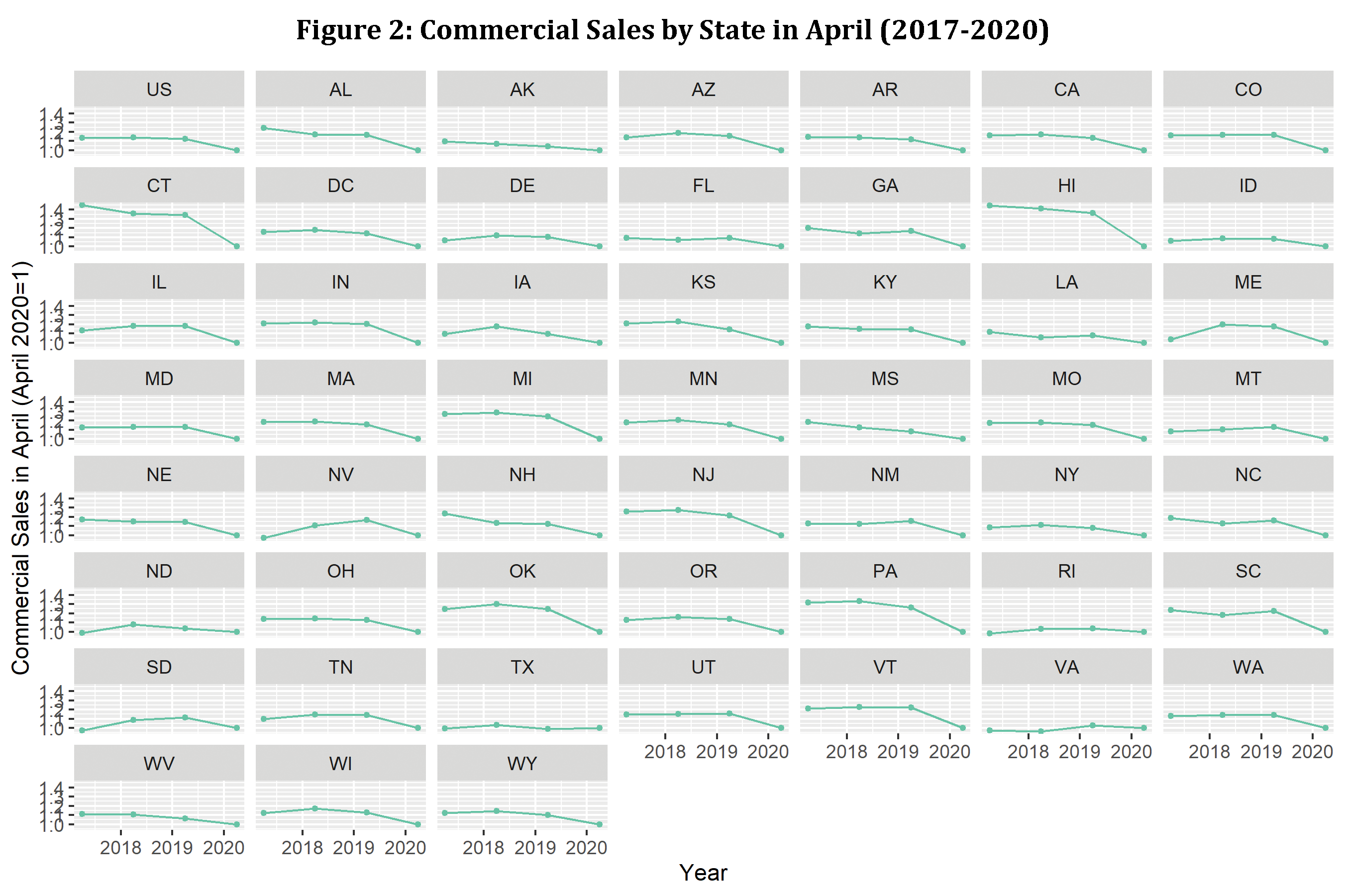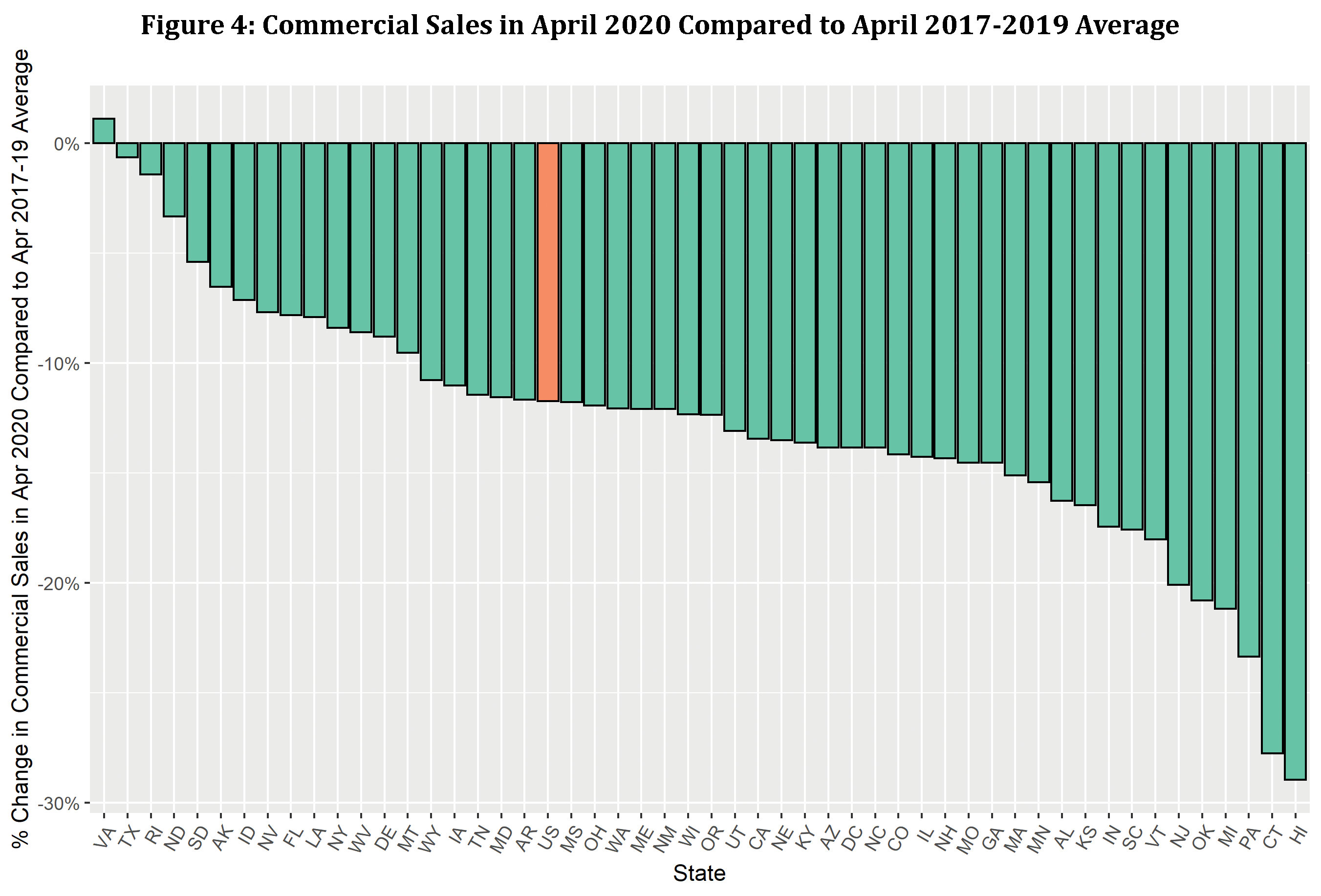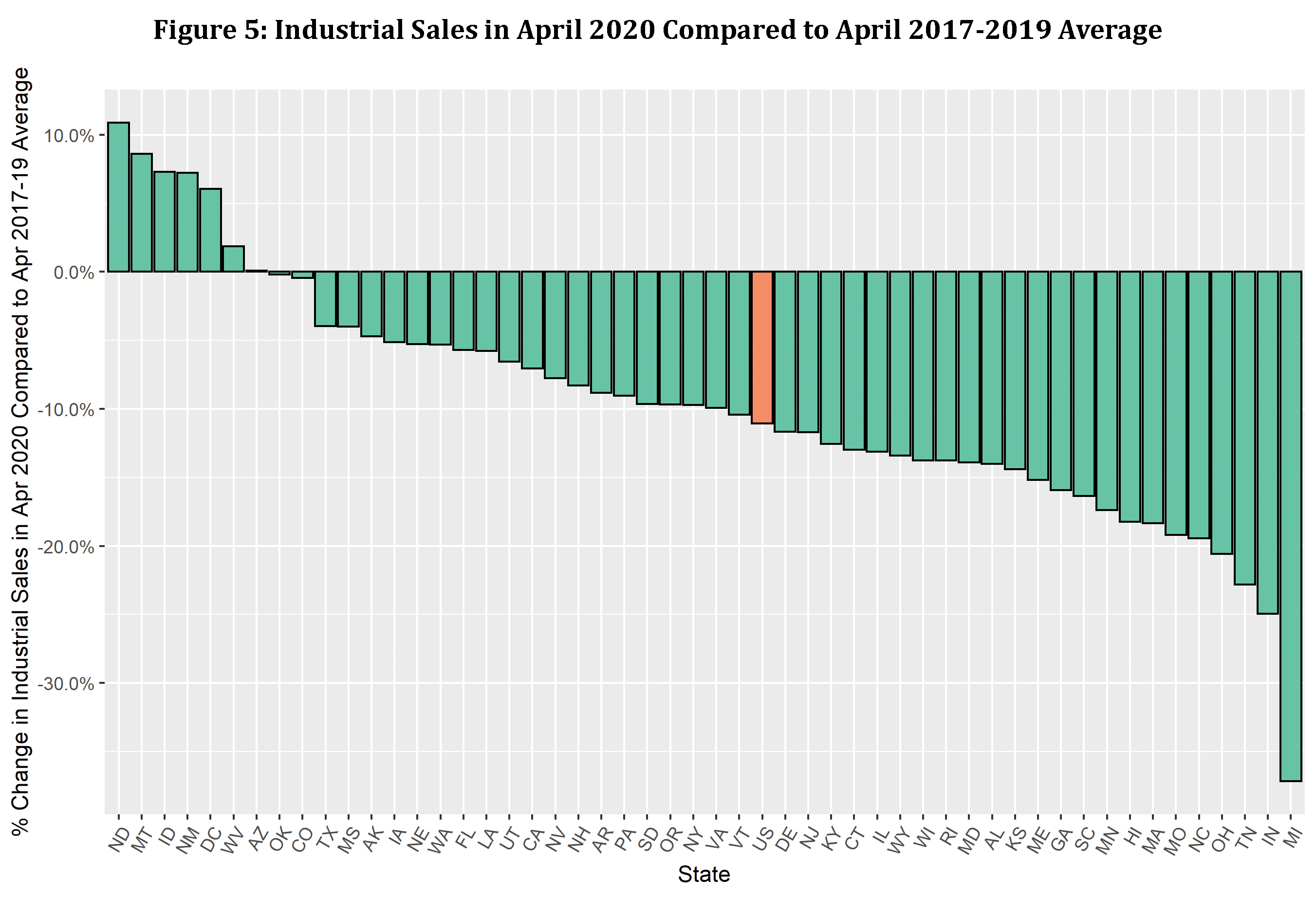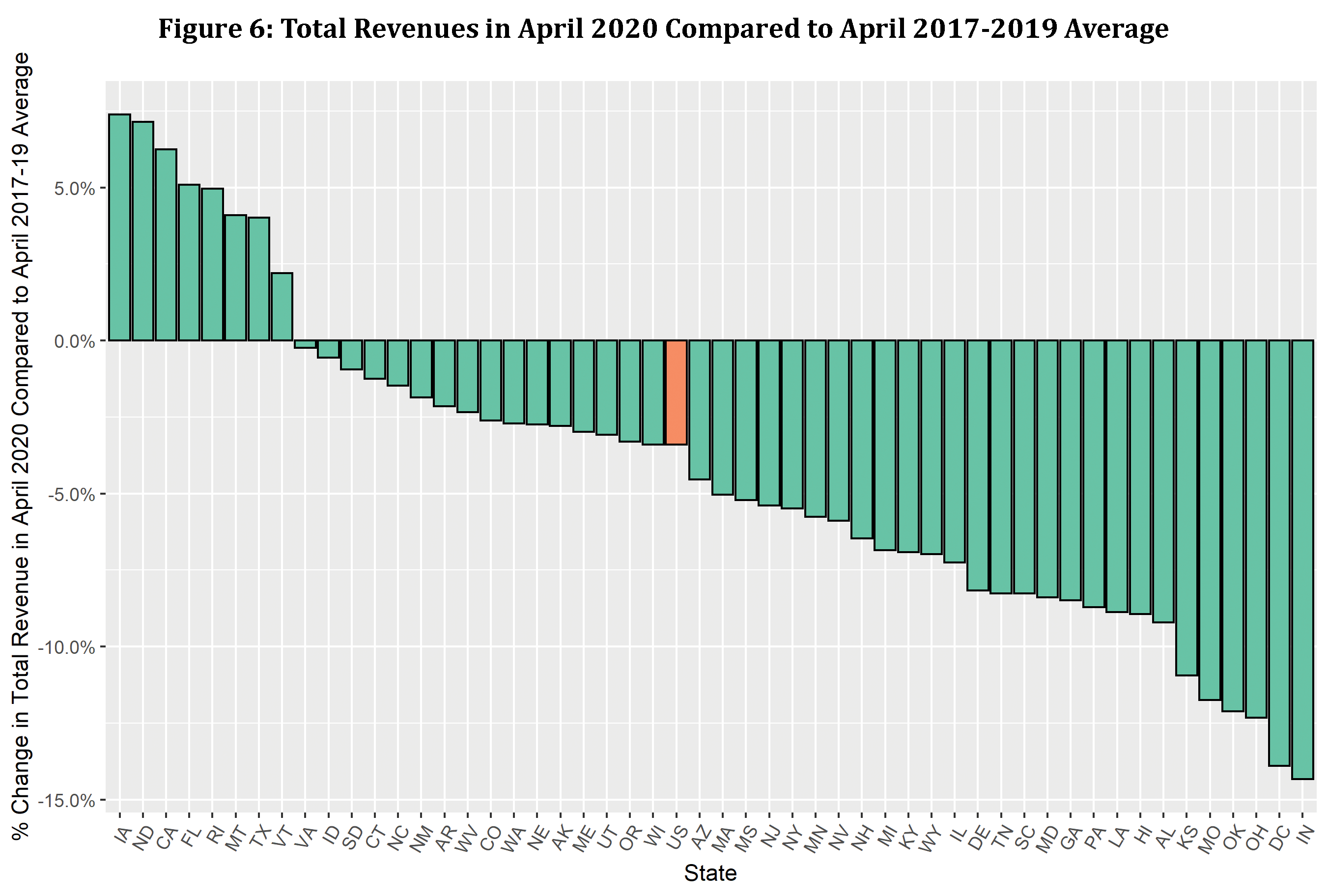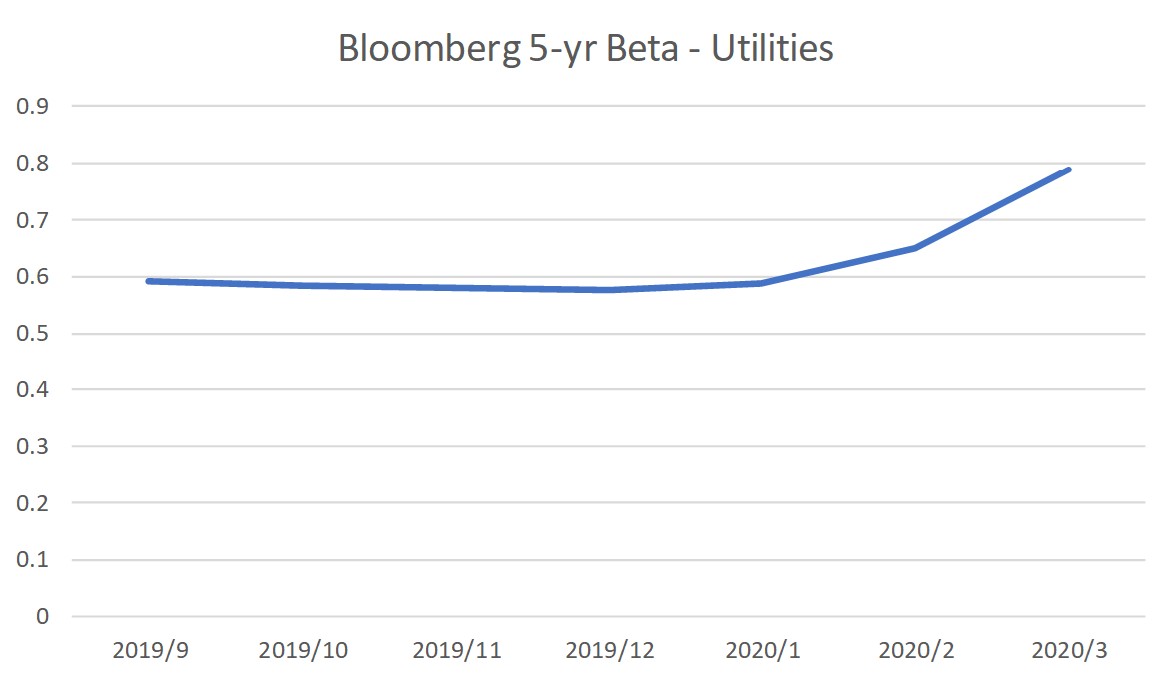Published on June 26, 2020
By: Team Concentric
This article is the second in a series addressing the changing environment for regulated utility pricing given advances in Distributed Energy Resource technology, data availability, and customer preferences. Part One, Renewable Distributed Generation and Pricing Challenges, addressed the issue of Net Energy Metering.
Demand charges have been a component of electric utility pricing design for many decades. The original arguments for demand charges were developed by John Hopkinson[1] and further summarized by James Bonbright:
“The full rationale of this Hopkinson, two-part rate is far from simple. But the rationale usually given (although it will serve only as a first approximation) is that the two-part rate distinguishes between the two most important cost functions of an electric-utility system: between those costs that vary with changes in the system’s output of energy, and those costs that vary with plant capacity and hence with the maximum demands on the system (and subsystems) that the company must be prepared to meet in planning its construction program.”[2]
However, industry experts are now debating whether demand charges are an appropriate pricing mechanism, in particular for smaller customers (e.g., residential customers). Some compelling arguments against demand charges to consider:
· Demand charges do not send proper price signals to customers.
· Demand charges are expensive to implement.
· Customers do not understand demand charges.
· Customers cannot react and/or respond to demand charges.
· No cost support exists for demand charges; they do not reflect the incremental cost to use the distribution system.
· Distribution investments should be recovered by some form of energy charge.
In this article, we limit the debate to electric distribution systems. We will assess the arguments for and against demand charges and determine if demand charges are an appropriate mechanism in an electricity pricing design.
The Economics of an Electric Distribution System
One of the traditional arguments for the regulation of utilities is the existence of natural monopolies. A natural monopoly is defined as an industry with economies of scale, which results in the long-run marginal cost below the average cost for a single producer. Given the economies of scale associated with electric distribution systems, it is only economically efficient for a single system to exist within a given geographic area.
Unlike competitive markets, where prices are established at the marginal cost of production, a natural monopoly must set prices above the marginal cost. The revenues generated by marginal cost prices are insufficient to financially support the system. Therefore, the challenge for a natural monopoly is to determine how to recover the additional needed revenue in a manner that is considered equitable and sends a proper price signal to the customer.
In the energy industry, experts have argued that distribution systems are not constructed to serve demand and that their cost structure is fixed. To address such arguments, the authors consulted on the design of electric distribution systems with Anthony (Tony) Hurley. Mr. Hurley is an electric distribution system expert with over 30 years of experience. He is currently a Consultant at Critical Preparedness, LLC and previously held a leadership role in Electric Distribution at FirstEnergy as Vice President of Operations at Jersey Central Power & Light. Mr. Hurley stated:
Every customer on a distribution circuit, whether residential, commercial, or industrial, has a load profile that mirrors their load usage and peak demands, with the data being captured by the utility. From this demand information, distribution engineers are able to make investment decisions and reconfigure circuits if loads may exceed equipment ratings, and forecast the need for capital projects, including equipment upgrades and possibly new substations to address peak loads. To accept the premise that demand information is not used in Distribution Planning is incorrect.
Ultimately, the planning function for a distribution system is based upon expectations of demand growth within that system. For a system operator to send the correct price signal to customers, the distribution system should be priced at the long-run marginal cost.
Definition – What is Demand?
Traditional definitions of demand, (e.g., the maximum level of consumption by a customer averaged over a time period such as a one-hour or 15-minute interval), imply a one-way flow of power from the utility to the customer. However, the traditional definition of demand is no longer applicable in a world with Distributed Energy Resources (DER). The growth of DER means that a utility is now required to plan not only for an inflow of electricity to the customer, but an outflow from that same customer to the distribution system if their DER output exceeds consumption at a given point in time. A specific example of this is a customer with a small residential solar array who draws energy at night when the panels are not generating power, but during the day may produce more than they consume. Therefore, a pricing mechanism designed for demand could be characterized as an “option.” Customers would purchase an option designed to allow them to use a system up to a certain quantity of demand, either received or injected into the distribution system. This behavior would provide proper production signals to the utility, guiding better-informed investment.
Arguments Commonly Made Against Demand Charges
Argument 1: “Demand Charges Do Not Reflect the Incremental Cost of Using the Grid”
An argument is often made that demand charges do not reflect the incremental cost to serve customers, but instead are based upon average embedded costs. As a result, they would send a false price signal to customers. Some truth can be ascribed to this statement if the pricing design follows an embedded cost of service approach.
However, the development of long-run marginal cost of service is possible; such studies have been performed by many utilities in the last several decades. A traditional approach to developing demand charges based upon average embedded costs can be problematic. Still, recent innovations have included a more detailed analysis of the distribution cost structure and the impact of DER.
Argument 2: “Demand Meters are Expensive to Implement”
To create and implement a demand charge, the customer premises must be outfitted with metering equipment, which is capable of measuring that customer’s demand in real-time. A traditional argument against implementing demand charges for residential and small commercial customers is that the incremental cost of this metering technology is expensive, and it is not cost-beneficial to install the metering technology on a system-wide basis. Although this may have been true in the past, it is no longer accurate.
Metering technology costs have dropped dramatically in the last several decades. The replacement of electromechanical technology with today’s Advanced Metering Infrastructure (AMI) equipment has reduced costs and increased reliability in many instances. Further, the cost of data management has decreased, allowing for more complex billing structures to be easily processed and delivered to customers. Modern metering equipment associated with AMI generally has the capabilities to provide revenue quality demand charges as well as other, more advanced pricing designs.
Argument 3: “Customers Do Not Understand Demand Charges”
Many parties have argued that customers, especially residential customers, are unable to understand the complexities of demand charges. They claim that traditional utility tariffs for smaller customers, based solely on two-part pricing designs (i.e., a fixed charge and an energy charge), remain appropriate.
We believe a discerning customer is able to navigate demand charges for the following reasons:
- If smaller customers are incapable of understanding complex pricing design, that would render all efforts towards more advanced price design too complex. If utilities can successfully implement programs such as Time-of-Use Pricing, Real-Time Pricing, Critical Peak Period Pricing, and Demand Response, which are far more complex than the concept of a demand charge, the latter should not be an issue for customers to understand.
- Residential customers face several complex pricing designs outside of electric utility tariffs. For example, most residential customers make decisions involving automobile and health insurance, mobile telephones, and cable television/internet offering service and pricing options, including multi-part pricing, which are as complex or more complex than a utility tariff with a demand charge.
- The use of demand charges and demand limiters for smaller customers have been successfully implemented in other countries such as Italy [3] and Pakistan,[4] showing that customers around the globe are able to participate in such programs.
Underestimating the ability of customers to understand electric tariff designs is a mistake that simply reduces the number of service and pricing options available to residential customers. Given that such options are in many cases feasible, the result is fewer choices for residential customers, increased cross-subsidization, and potential increases in the utility revenue requirement, which could be avoided.
We agree that the introduction of new tariff designs, including demand charges, should include an education process for customers, but advanced pricing concepts should not be written off solely due to the perception that customers will not understand them.
Argument 4: Customers are Unable to React to Demand Charges
Some parties argue that customers cannot react to demand charges given the tariff design. We reject this argument because:
- While at one time energy management systems were expensive and only available to large commercial and industrial customers, advances in technology have made energy control systems accessible to all customers. New strategies for customer engagement that are currently being deployed by utilities include load control technology, which is often necessary for the effective implementation of Real-Time Pricing.
- The lack of flexibility to react to a price signal, such as a demand charge, in the short run should not be an argument to ignore the price signal. Although the ability to react to a demand charge in the short-run may not be as great as the ability to react in the long-run (i.e., due to equipment choices and other capital investments), it does not dilute the importance of sending a price signal to the customer.
- The cost to react to a demand charge may exceed its value to a customer. The customer may have the ability to react to a demand charge but choose not to react due to competition for their resources and attention.
Argument 5: Distribution Investments Should be Recovered by an Energy Charge
The last argument proposes to recover the costs of the distribution system through an energy charge. Recovering distribution costs through an energy charge is deficient on several fronts and should be rejected for the following reasons:
- Energy charges have nothing to do with the cost causation of distribution systems. The long-run marginal cost price signal associated with the distribution system is not communicated to customers through an energy charge. As a result, the system will be used inefficiently, increasing costs and potentially triggering non-economic investments.
- Customers with DER and net-metering have an artificially low load factor because the demand they place on the system is typically not reduced. Still, the measured consumption is decreased by the output of the DER. The costs of the distribution system are thus shifted to non-DER customers triggering cross-subsidies.
How Should the Non-Incremental Cost of the Distribution System be Recovered?
A question that has challenged the utility industry for many years is how to recover costs which exceed the long-run marginal costs to operate the distribution, or “Residual Costs.” That question will be addressed in the next paper in our series “The Application of Access Charges.”
For more information on the topics discussed in this article, please contact Tom O’Neill.
More From Concentric:
Renewable Distributed Generation and Pricing Challenges
All views expressed by the authors are solely the authors’ current views and do not reflect the views of Concentric Energy Advisors, Inc., its affiliates, subsidiaries, or related companies. The authors’ views are based upon information the authors consider reliable. However, neither Concentric Energy Advisors, Inc., nor its affiliates, subsidiaries, and related companies warrant the information’s completeness or accuracy, and it should not be relied upon as such.

